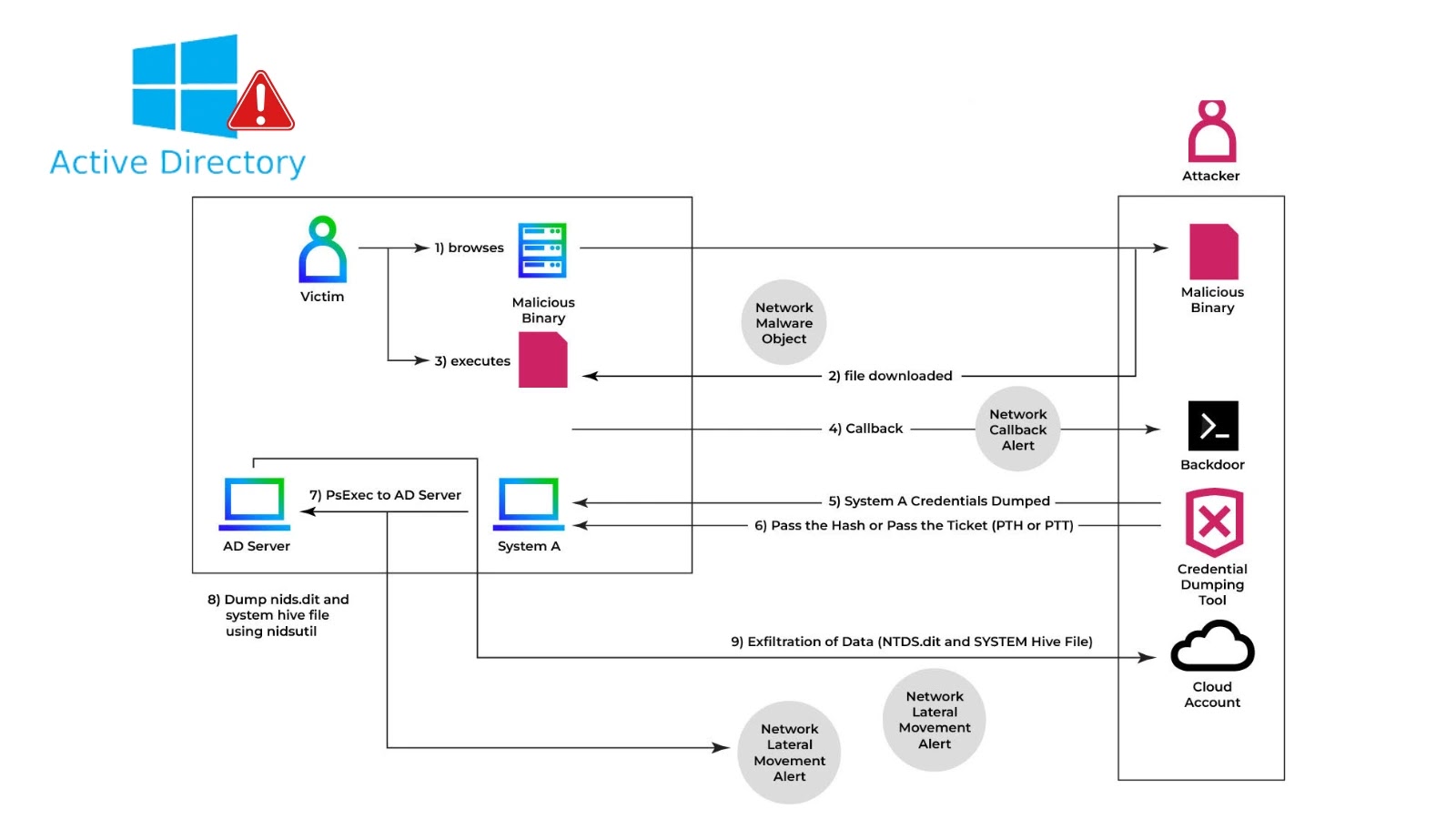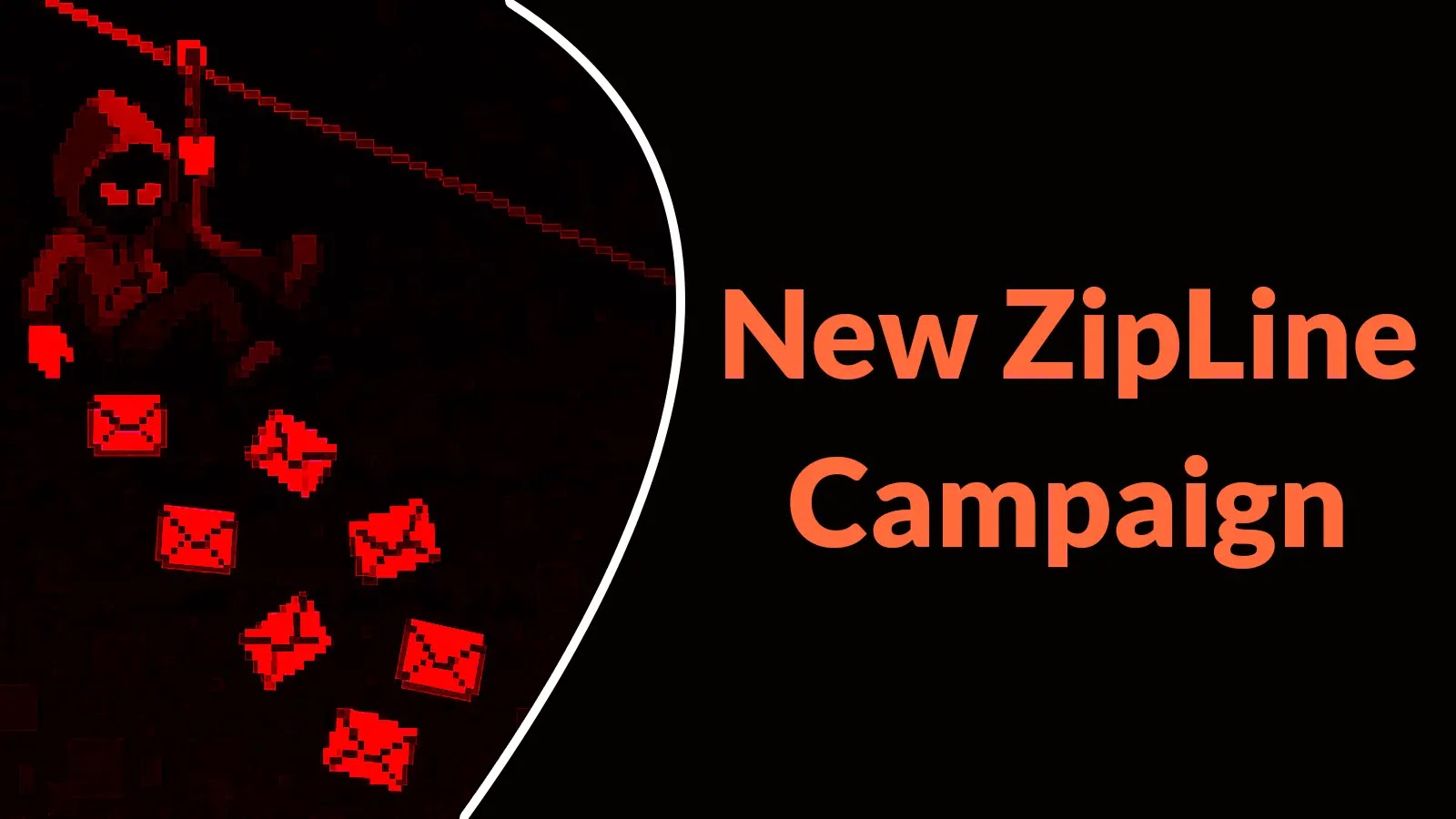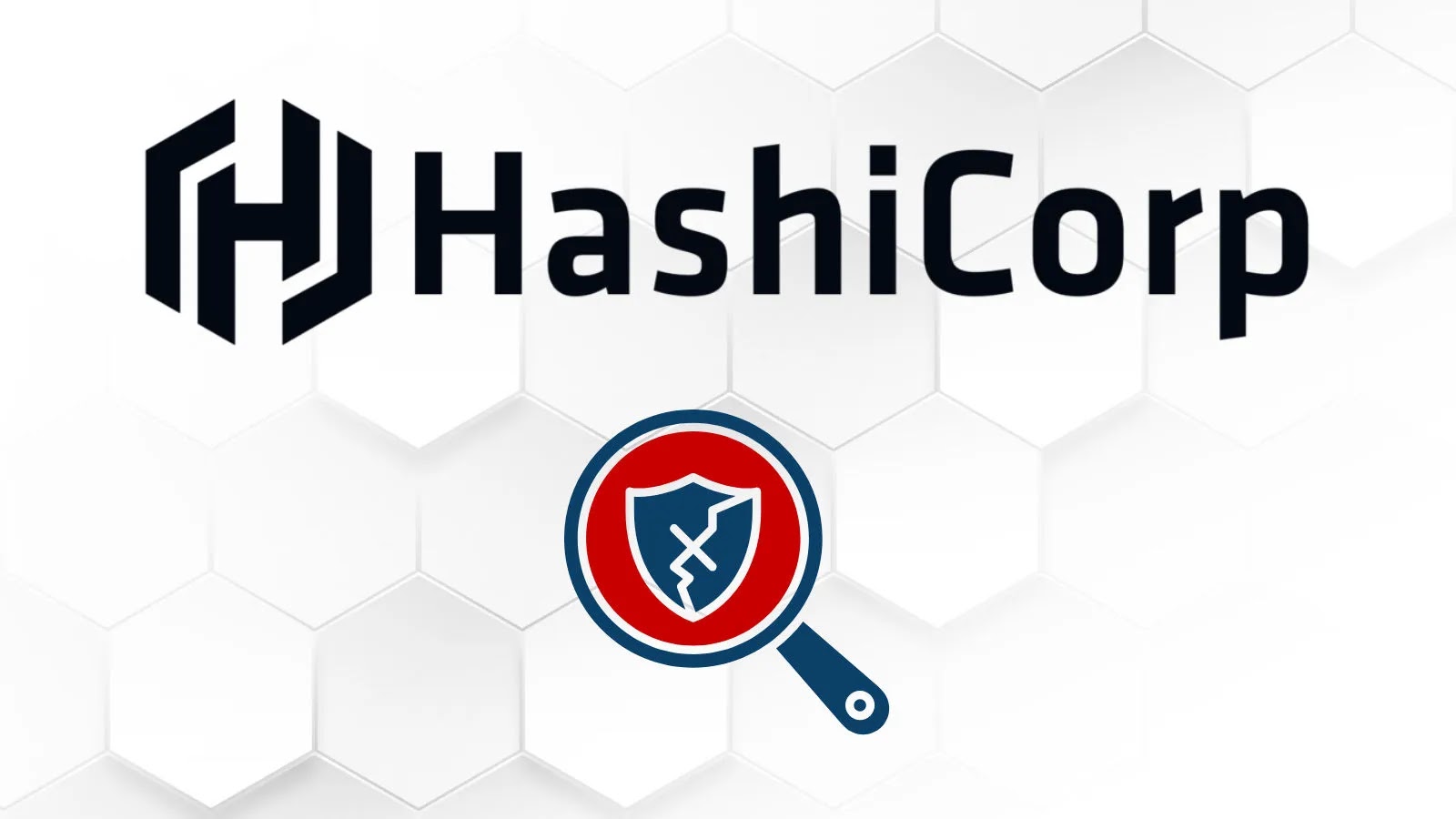In the ever-evolving landscape of cybersecurity, multi-factor authentication (MFA) has been widely adopted as a robust defense mechanism to protect user accounts from unauthorized access. However, the emergence and continued use of tools like Evilginx have exposed significant vulnerabilities in MFA systems, enabling cybercriminals to circumvent these protections and gain unauthorized access to sensitive information.
Understanding Evilginx and Its Mechanism
Evilginx is an open-source tool that functions as an adversary-in-the-middle (AitM) proxy, allowing attackers to intercept and manipulate communication between users and legitimate websites. By acting as a man-in-the-middle, Evilginx captures login credentials, session cookies, and other sensitive data, effectively bypassing MFA protocols. This tool was initially developed for penetration testing purposes but has since been co-opted by malicious actors to facilitate sophisticated phishing attacks.
The Evolution of Evilginx in Cyber Attacks
Originally designed to demonstrate the vulnerabilities inherent in traditional MFA systems, Evilginx has evolved into a cornerstone of advanced phishing campaigns. Early versions focused on basic credential harvesting, but newer iterations incorporate advanced features like session cookie interception and real-time proxying. These enhancements enable attackers to bypass MFA entirely, granting them unauthorized access to user accounts without triggering standard security alerts.
The Process of an Evilginx Attack
An Evilginx attack typically unfolds as follows:
1. Phishing Setup: The attacker creates a phishing website that closely mirrors a legitimate service, such as an email provider or banking portal.
2. Luring the Victim: The victim receives a phishing email containing a link to the fraudulent website.
3. Credential Capture: When the victim enters their login credentials and MFA token on the fake site, Evilginx captures this information in real-time.
4. Session Hijacking: Evilginx forwards the captured credentials to the legitimate website, obtaining a valid session cookie.
5. Unauthorized Access: With the session cookie, the attacker can access the victim’s account without needing further authentication, effectively bypassing MFA.
Notable Exploits and Threat Actors
The Russian-linked advanced persistent threat (APT) group known as Star Blizzard has been identified as a prominent user of Evilginx. This group has employed the tool in spear-phishing campaigns targeting high-profile individuals and organizations. By capturing session cookies, Star Blizzard maintains persistent access to compromised accounts, even in environments where MFA is enforced.
Implications for Cybersecurity
The effectiveness of Evilginx in bypassing MFA underscores the need for organizations to reassess their security strategies. Traditional defenses, including basic MFA, may no longer suffice against such sophisticated phishing threats. This reality necessitates the adoption of more advanced security measures and continuous monitoring to detect and mitigate potential breaches.
Mitigation Strategies
To defend against Evilginx and similar AitM attacks, organizations should consider implementing the following strategies:
1. User Education and Awareness: Conduct regular training sessions to educate employees about the risks of phishing attacks and the importance of verifying the authenticity of emails and websites.
2. Advanced Email Filtering: Deploy email security solutions that can detect and block phishing emails before they reach users’ inboxes.
3. Behavioral Analysis: Utilize security tools that analyze user behavior and detect anomalies indicative of compromised accounts.
4. Implement Phish-Resistant MFA: Adopt MFA solutions that are resistant to phishing, such as hardware tokens or biometric authentication methods.
5. Regular Security Assessments: Conduct periodic security assessments and penetration testing to identify and remediate vulnerabilities within the organization’s infrastructure.
Conclusion
The persistent threat posed by tools like Evilginx highlights the critical need for organizations to stay vigilant and proactive in their cybersecurity efforts. By understanding the mechanisms of such attacks and implementing comprehensive security measures, organizations can better protect themselves against the evolving tactics of cybercriminals.



